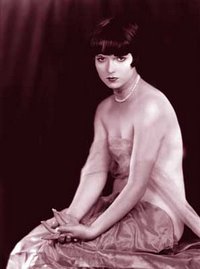To mark the showing of 1906 Australian feature film The Story of the Kelly Gang at the Barbican in London, film historian Kevin Brownlow has an article in The Times on the subject of silent film pioneers:
Article in full here
Information on the Barbican's Silent Film and Live Music Series here
This year is the 80th anniversary of The Jazz Singer, the film that brought the silent era to an end. The talkie revolution undoubtedly enriched the cinema, but it ended something magnificent. The silent film was a universal language. Change the titles, and your film could be seen from Alaska to Zanzibar. The new art began with simple scenes of workers leaving a factory and graduated to multi-screen epics lasting hours. The fixed camera was soon on the move — lashed to the front of a train, swooping on a trapeze, plunging over a cliff, the editing dazzling the audience with single-frame cuts. Vast picture palaces were built, equipped with symphony orchestras and seating thousands. In New York, the streets around Times Square had to be closed to traffic every evening because the movie-going crowds were so massive. They were not flocking to see the jerky, flickering image of comic legend; silent films at their best were technically superb and aesthetically astonishing. Their stars, Gloria Swanson, Douglas Fairbanks, Charlie Chaplin and Mary Pickford, were the best-loved people in the world. The movies surpassed even the press as the most powerful medium. And this was achieved, incredibly, in a little over 30 years. Have we come as far since 1972?
Article in full here
Information on the Barbican's Silent Film and Live Music Series here
powered by performancing firefox


No comments:
Post a Comment